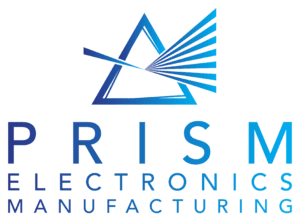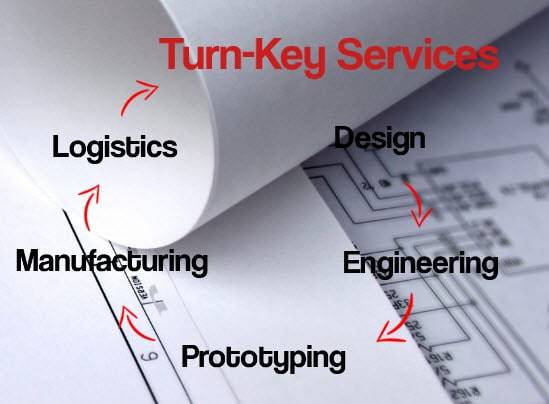Enhancing Partnerships: The Role of Transparency and Communication in Contract Electronic Manufacturers (CEMs)
In the realm of Contract Electronic Manufacturing (CEM), two crucial elements play a pivotal role in building successful partnerships: transparency and communication. These pillars form the foundation for trust, collaboration, and delivering exceptional results. In this blog post, we will explore the significance of transparency and effective communication in the world of CEM, highlighting how contract electronic manufacturers can use these principles to develop strong and mutually beneficial relationships with their customers.
Transparency: Building Trust for Seamless Collaboration
Transparency is the cornerstone of trust in the CEM industry. It involves open and honest communication about capabilities, processes, costs, and potential challenges. By providing customers with clear and accurate information, CEMs establish trust and ensure that expectations are aligned.
Effective Communication: Bridging the Gap for Successful Partnerships
Effective communication is essential for contract electronic manufacturers to establish and maintain successful customer relationships. Proactive and open communication helps to align project goals, timelines, and requirements. It also enables CEMs to provide regular updates, address any concerns or issues promptly, and maintain a strong line of communication throughout the manufacturing journey.
Strategies for Success:
- Open and Honest Project Assessment: Provide customers with a transparent assessment of project feasibility, including potential challenges, risks, and opportunities. This upfront transparency allows for informed decision-making and establishes a solid foundation moving forward.
- Clear Communication Channels: Establish clear channels of communication with customers, ensuring that all parties have direct lines of contact for timely updates, inquiries, and feedback. Utilise digital platforms, and scheduled meetings to maintain a consistent flow of information.
- Collaborative Planning and Documentation: Engage customers in the planning process, ie: involving them in decisions regarding manufacturing processes, materials, and timelines. Document agreements, specifications, and changes to ensure clarity and alignment throughout the project.
- Regular Progress Updates: Provide customers with regular updates on project milestones, production status, and any potential deviations from the original plan. Transparent progress reporting fosters trust, keeps customers informed, and allows for proactive adjustments, if necessary.
- Proactive Issue Resolution: When challenges arise, communicate openly with clients, outlining the issue, its impact, and proposed solutions. Actively involve clients in problem-solving discussions to foster a collaborative approach and maintain transparency throughout the resolution process.
- Feedback Loop: Establish mechanisms for obtaining customer feedback on the overall collaboration experience. Regularly seek input on areas for improvement, responsiveness, and overall satisfaction. Regular customer surveys can provide this information, if you then actively address feedback, it demonstrates a commitment to continuous improvement and customer focus.
Conclusion:
Transparency and effective communication are vital elements in the success of contract electronic manufacturers. By prioritising open and honest practices, maintaining clear communication channels, and encouraging collaboration throughout the manufacturing journey, CEMs can deliver exceptional results for their customers.




